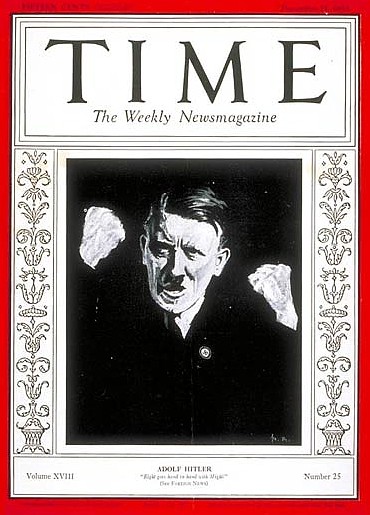During the Second World War, advertising was inspired mainly by the exploration of patriotic themes. Whilst going about the selling of ordinary products, they sought to incorporate slogans, posters and news articles in support of the Government and War, some for financial gain other simply due to feelings of patriotism and loyalty for their country. During this period, Photography was used by all nations as a means of reassuring civilians, boosting the morale of soldiers, and preserving national security. Increased censorship on photo-journalist was introduced to ensure that the images they created did not undermine and disrupt the war effort, which the Government wanted to convey to the general public as successful.

In the post-war years, U.S. industry expanded at a rapid rate, whilst Europe also experienced a period of relative return to growth and prosperity. During this period, as commercial industries sought to recover, and so quickly needed to find a way of encouraging people to resume spending and consuming after a drop in such activities due to the disruption of war. To achieve this, companies recognized the need for new and refreshing advertising campaigns and slogans, to encourage and motivate consumers to buy in a period of uncertainty, Luckily, this was made easier by improvements in printing techniques and the improved quality of colour film – greatly increasing the attractiveness of images.
The commercial opportunities for professional photographers to sell their images also enhanced dramatically during this period, with the rise of colour photographic magazines such as, Time and Life, giving photography as a visual art more status. The powerful documentary photographs which were produced during the periods of the Great Depression and later the war were very powerful and effective, to the extent that text soon began to be compromised and reduced to meet the needs of photographs.

One of the most prominent ways in which photography influenced the masses was through the various ‘general interest’ photo-journalist magazines such as Time, Life and Weekly Illustrated which looking at ordinary lives and changing trends expressed largely through photographs, in the process reporting on, changing and influences cultural trends and patterns in consumerism, television, fashion etc. As a result many companies sough to associate themselves which these extremely popular magazines through selecting advertising slots and paying for special commissions for editors to include the companies own ‘promotional images’. This even caught on to the point that large companies created their own general interest magazines, targeted at selling their specific products.

Now photography was not just influential in advertising but equally, it played a substantial part in reflecting and challenging commercial trends. It grew in commercial value and large corporations started to respect the powerful and influential nature of photographs; whereby the photographer has a greater degree of freedom to express and explore creative ideas.
